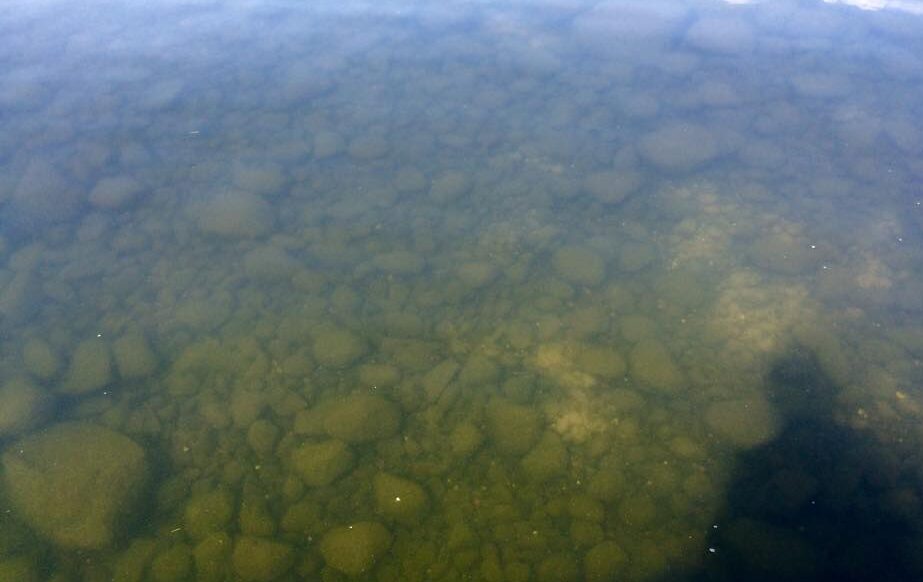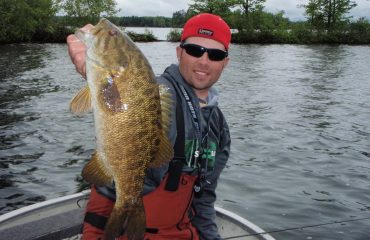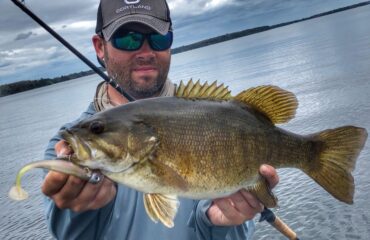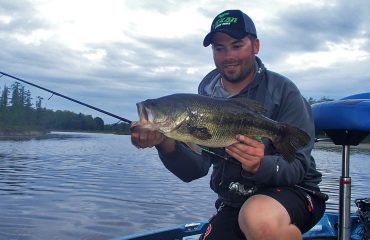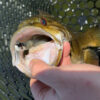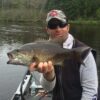Fishing Rock Shoals for Spring Smallmouths
Isolated rock shoals are integral to finding and catching spring smallmouths. Fish that use these locations are known to stack and stage along their deeper edges. On lakes that have them, they’ll be smallmouth magnets.
Despite their positive characteristics, shoals can potentially be the most frequently fished structures due to being such obvious targets and visible on lake maps and navigational charts. Side-imaging also reveals them easily, if you know how to use it. Many shoals are also marked by buoys as navigational hazards, so they are landmarks to the lake. As a result, they receive the heaviest fishing pressure, and smallmouths using these spots can quickly condition as a result.
On the map, shoals are a naturally submerged ridge, shoreline protrusion, or a bar consisting of a combination of gravel, palm-size or larger rock, boulder, and hard compressed sand. The best shoals will be in depths of 5-feet and less, and provide sanctuary with a drop-off and access into deep water. Most areas are isolated, but if dispersed in a series can form reef complexes. Shoals are important to the spawning success of not only smallmouth bass, but walleyes and sucke


